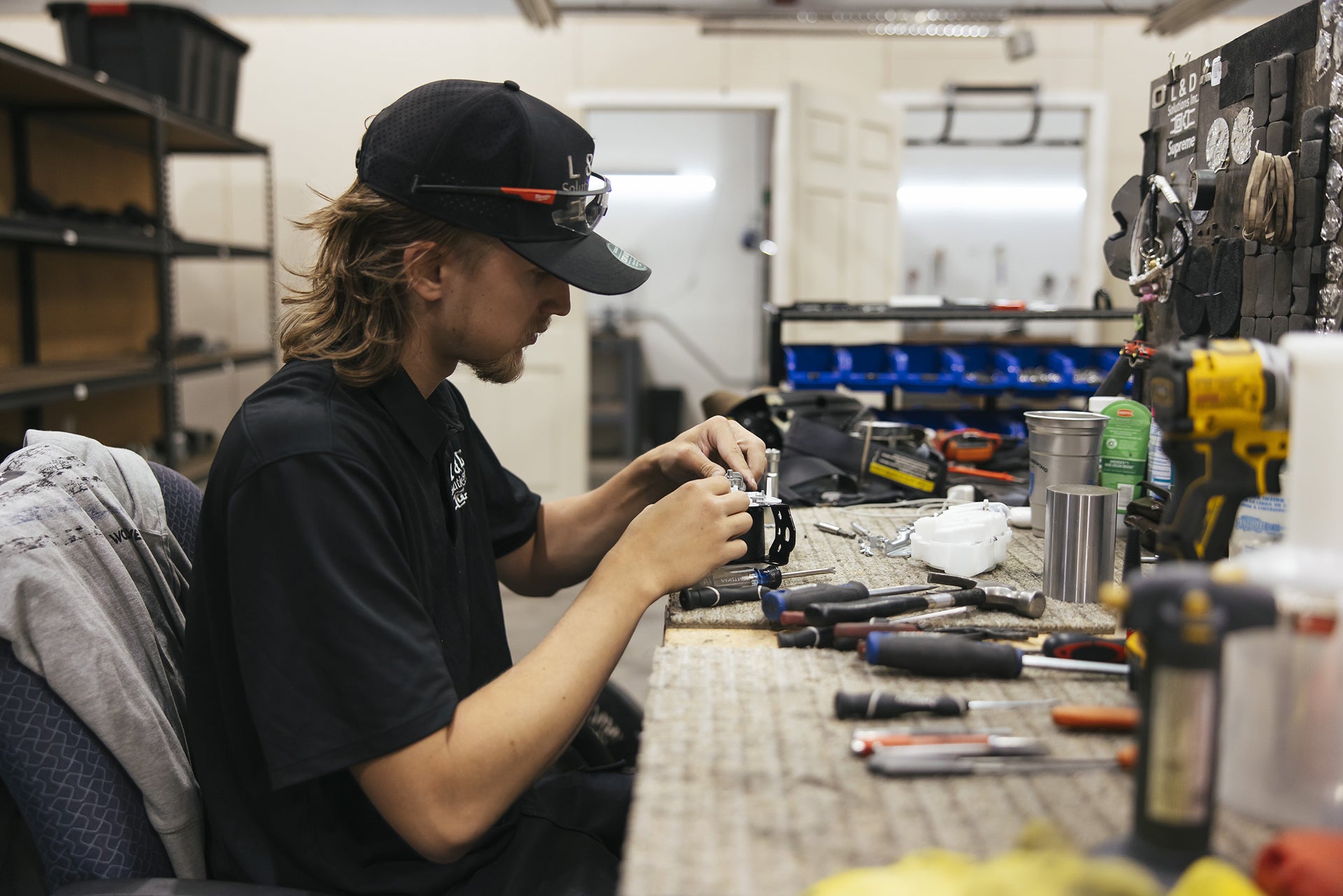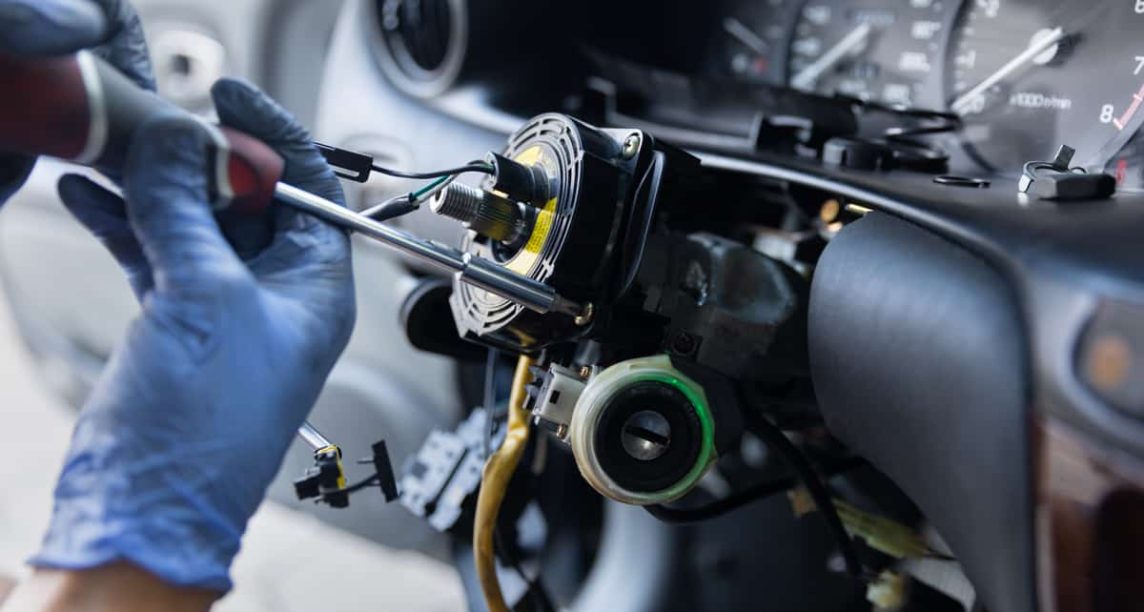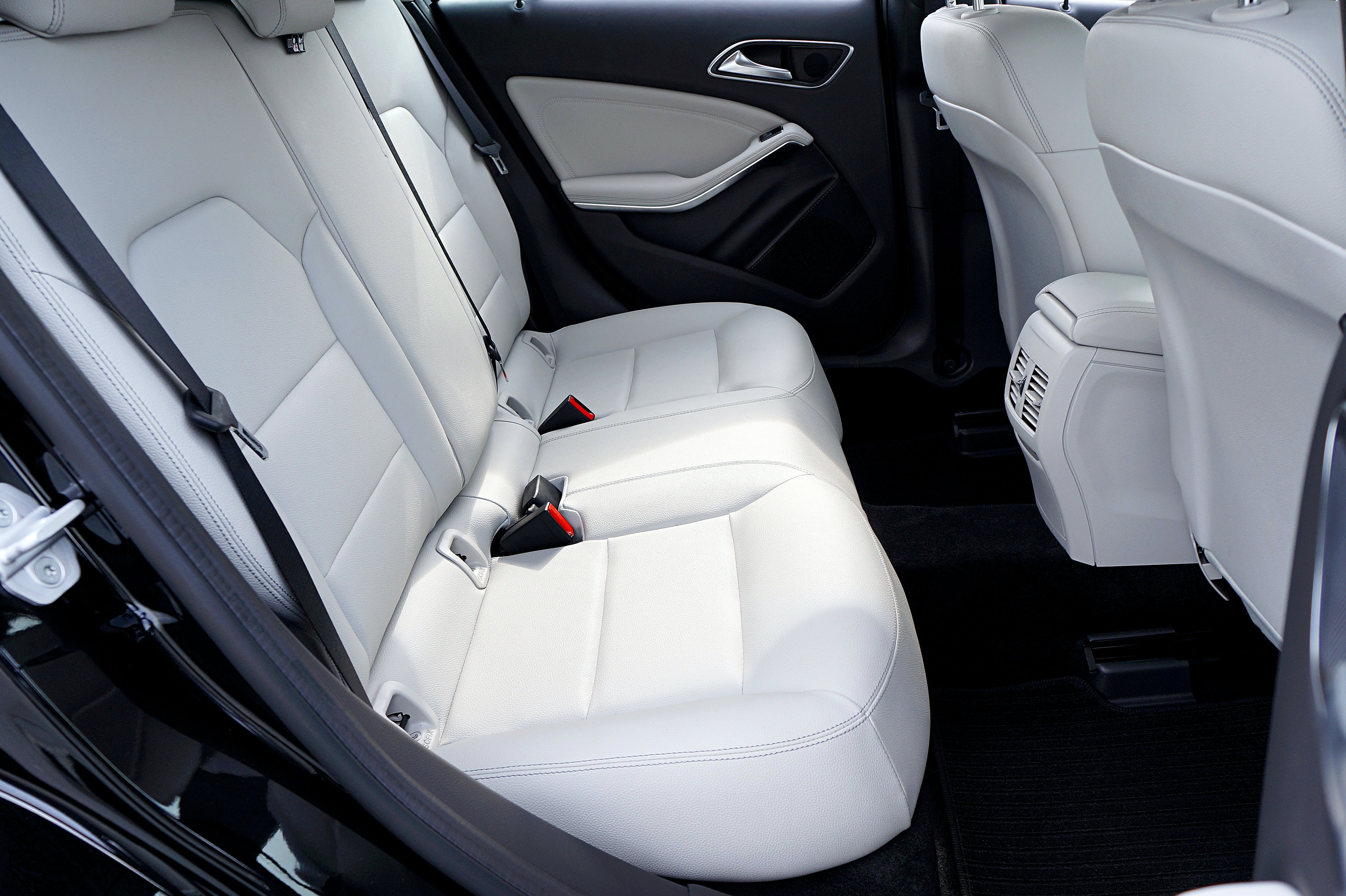An airbag control module is an integral part of modern vehicle safety. Often referred to as the "brain" of the airbag system, it decides when and how airbags need to deploy in the event of a collision. Using a variety of sensors located throughout the vehicle, the airbag control module continuously monitors driving conditions to provide real-time safety protection to passengers.
How Does the Airbag Control Module Work?
The airbag control module functions through a complex network of sensors, including accelerometers and impact sensors that detect rapid deceleration, collisions, or rollovers. Upon detection of an impact, these sensors send signals to the airbag control module. The module then analyzes the data, considering multiple variables such as the severity of the impact, the speed of the vehicle, whether seat belts are fastened, and the positions of the occupants.
When the module determines that the conditions of a collision warrant a deployment, it deploys the appropriate airbags within milliseconds. The airbag deployment needs to occur in the window of time that can prevent or reduce injuries to the vehicle's occupants.
Airbag Control Module and Crash Severity
One of the airbag control module's crucial roles is assessing crash severity. This assessment helps ensure that airbags deploy only when needed, reducing the risk of injury from unnecessary deployments. Severity determination is complex and accounts for the direction and force of the impact, vehicle speed, and deceleration.
The module uses this information to decide not only whether to deploy the airbags but also how forcefully to inflate them. For instance, in less severe impacts, the module may trigger a less aggressive deployment to minimize potential airbag-related injuries.
Location and Maintenance of the Airbag Control Module
The airbag control module is typically located in a protected area of the vehicle's structure, often at the center of the chassis for optimal sensing of impact. This positioning also helps protect the module from damage during minor collisions in which airbag deployment is not necessary.
Maintaining the airbag control module involves keeping it free from physical damages and ensuring the software is up to date. Following a collision in which airbags deploy, a professional must inspect and possibly replace the module, as it may store crash data and fault codes that could impact its functionality.
The Role of the Module in Automotive Safety Technology
Beyond controlling airbag deployment, the airbag control module often plays a role in other safety systems. Some vehicles integrate the module's functions with other safety mechanisms, such as seat belt tensioners and active head restraints, providing a coordinated response during an accident.
Moreover, the future of vehicle safety sees the airbag control module becoming increasingly sophisticated, with potential integration into advanced driver-assistance systems (ADAS) and the eventuality of autonomous driving technologies. This progression underlines the importance of the module in overall vehicle safety management.
The Critical Nature of the Airbag Control Module
The airbag control module is an essential component that lies at the heart of automotive safety. Its ability to make split-second decisions can mean the difference between life and death in a serious collision. Although typically unnoticed during daily driving, the airbag control module stands as a sentinel—constantly vigilant and ready to activate the vehicle's passive safety features when the critical moment arrives. As automotive technology evolves, the role of the airbag control module will likely expand, continuing to serve as a cornerstone in the pursuit of vehicular safety.




Leave a comment
This site is protected by hCaptcha and the hCaptcha Privacy Policy and Terms of Service apply.